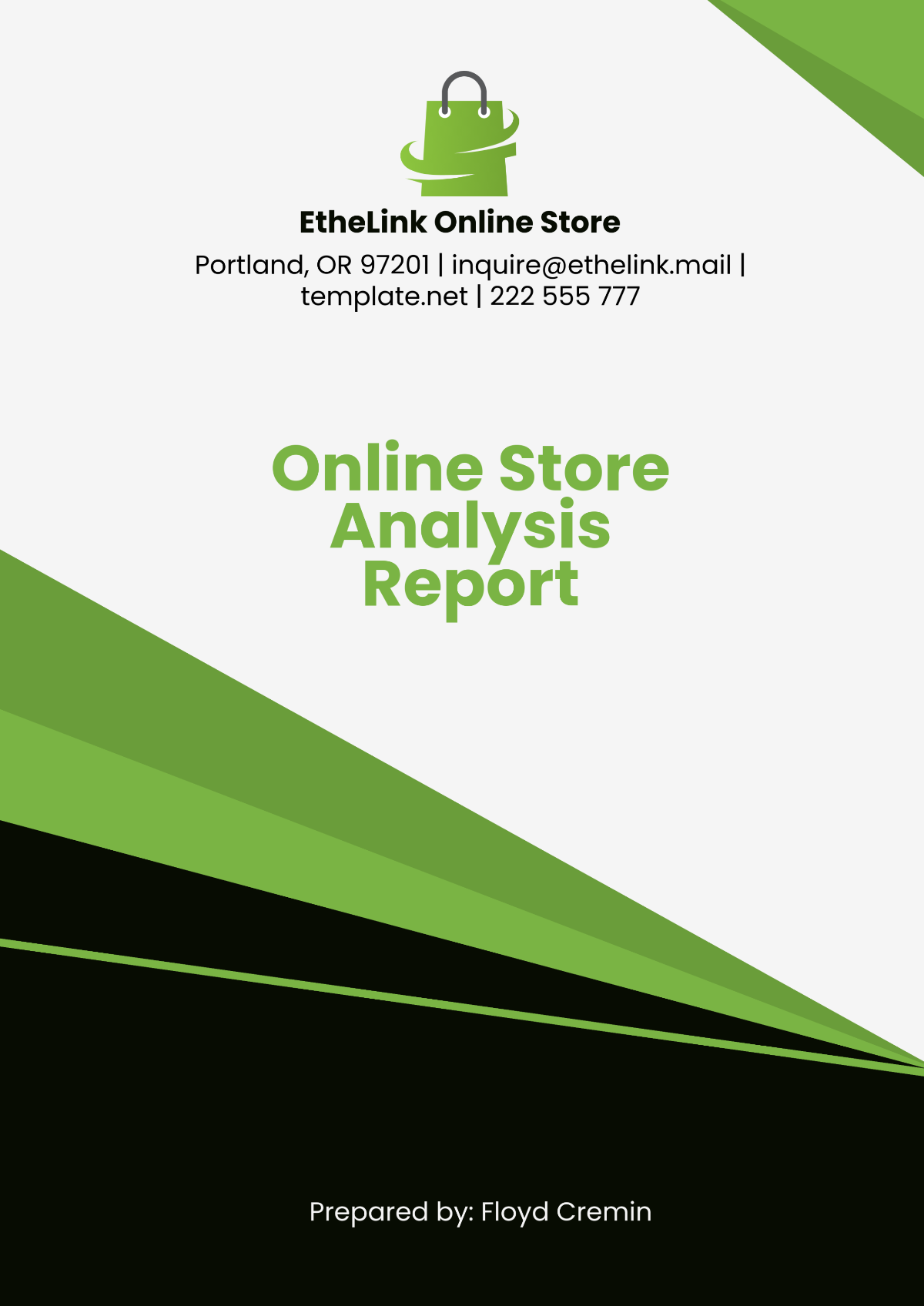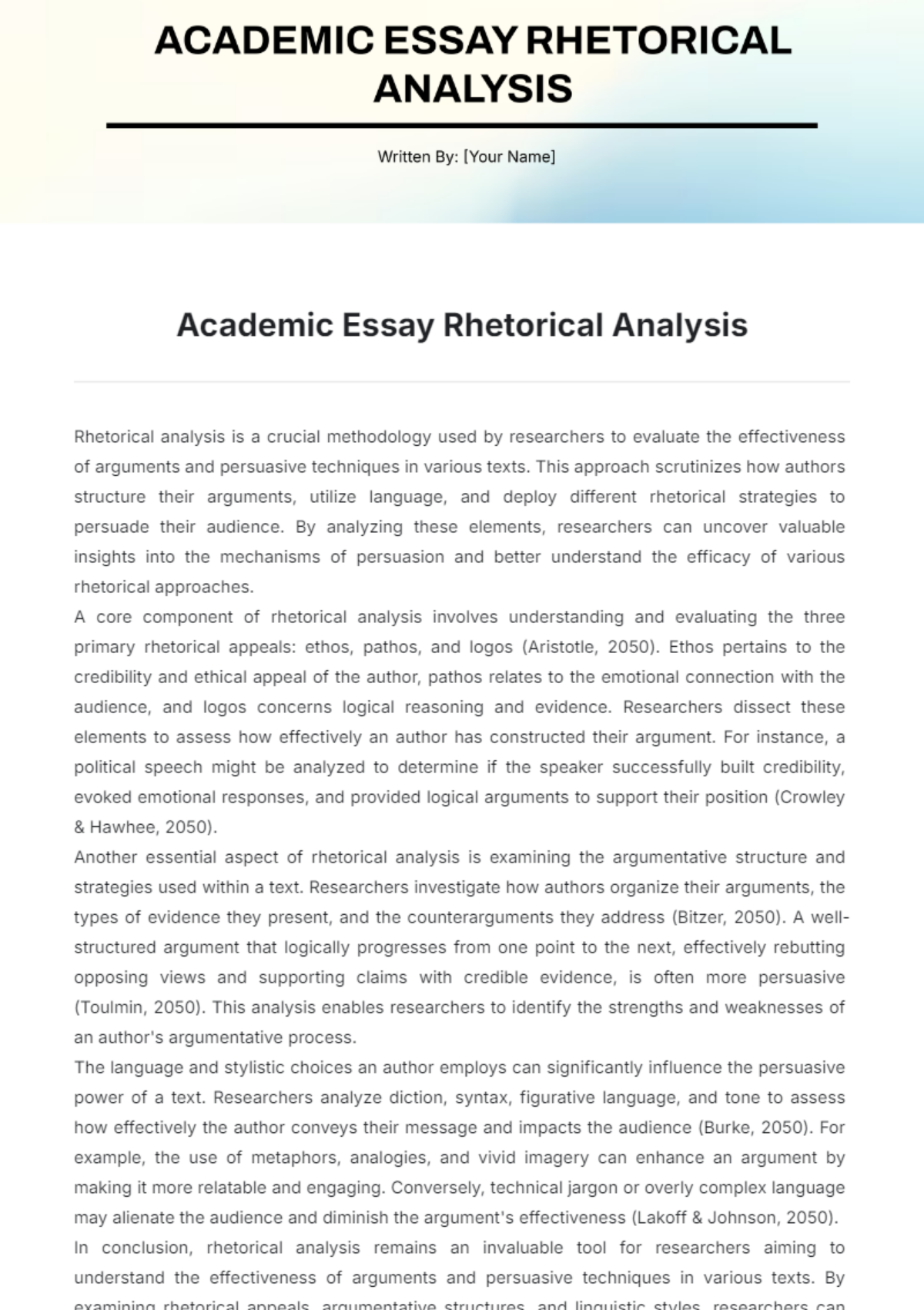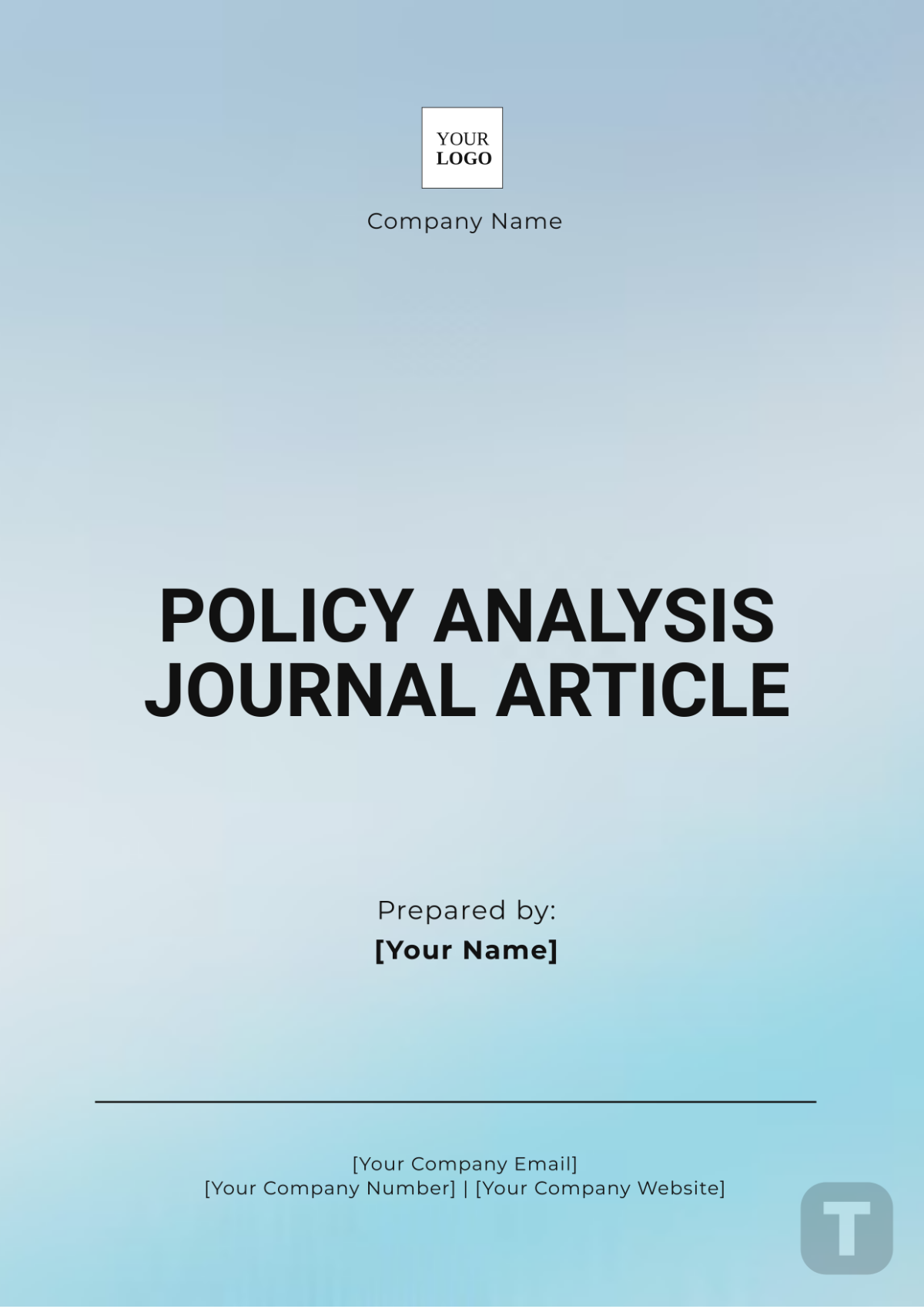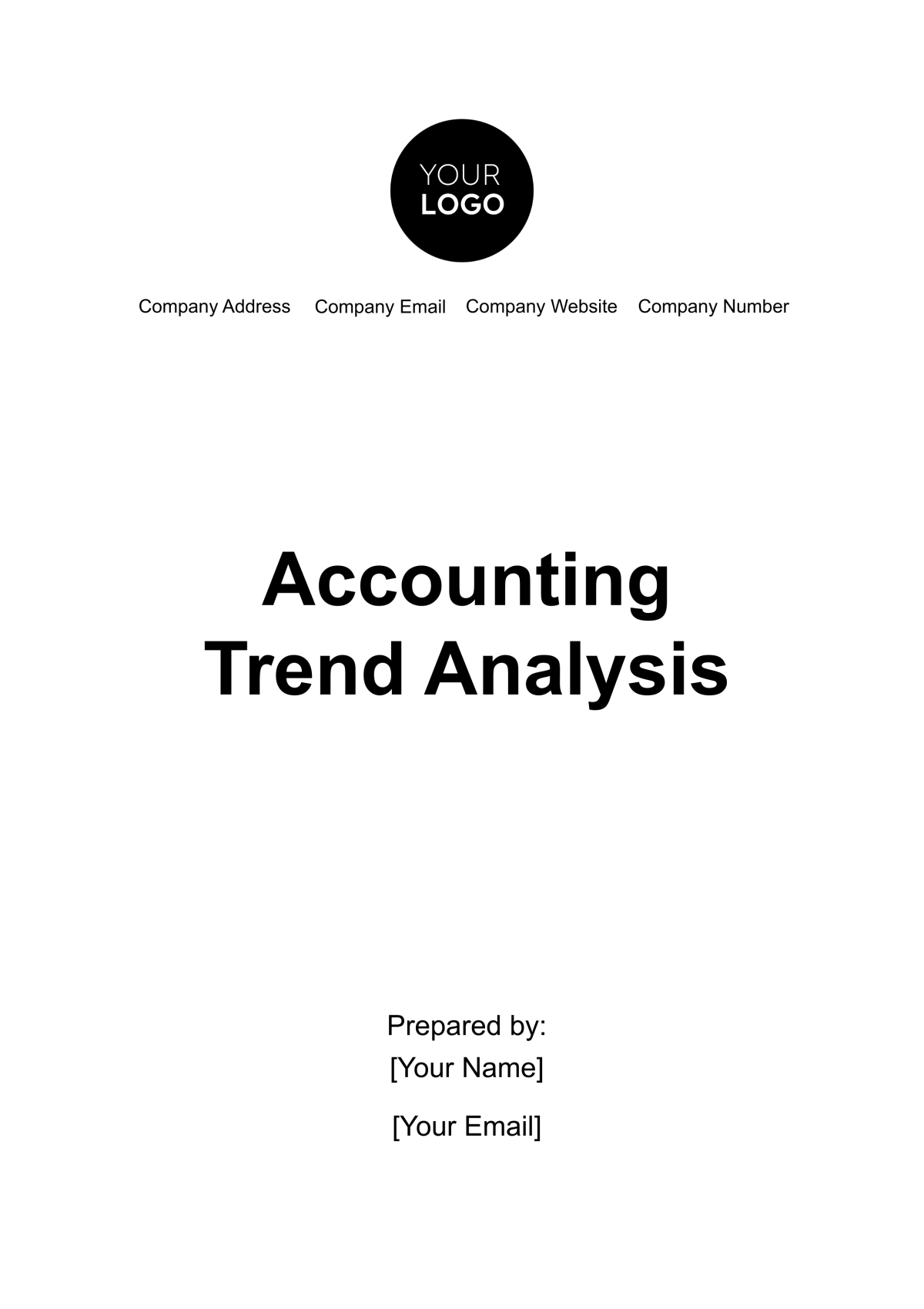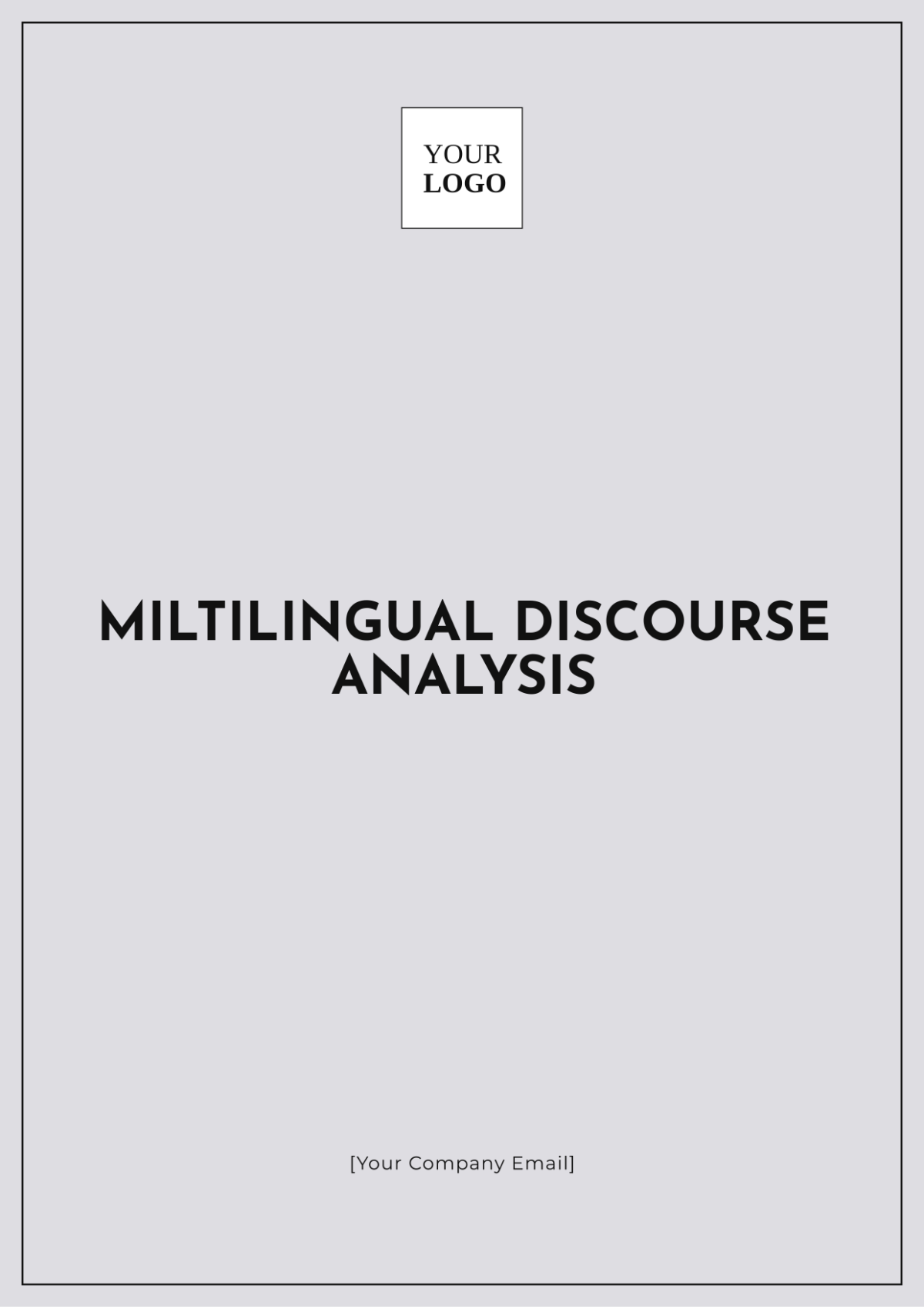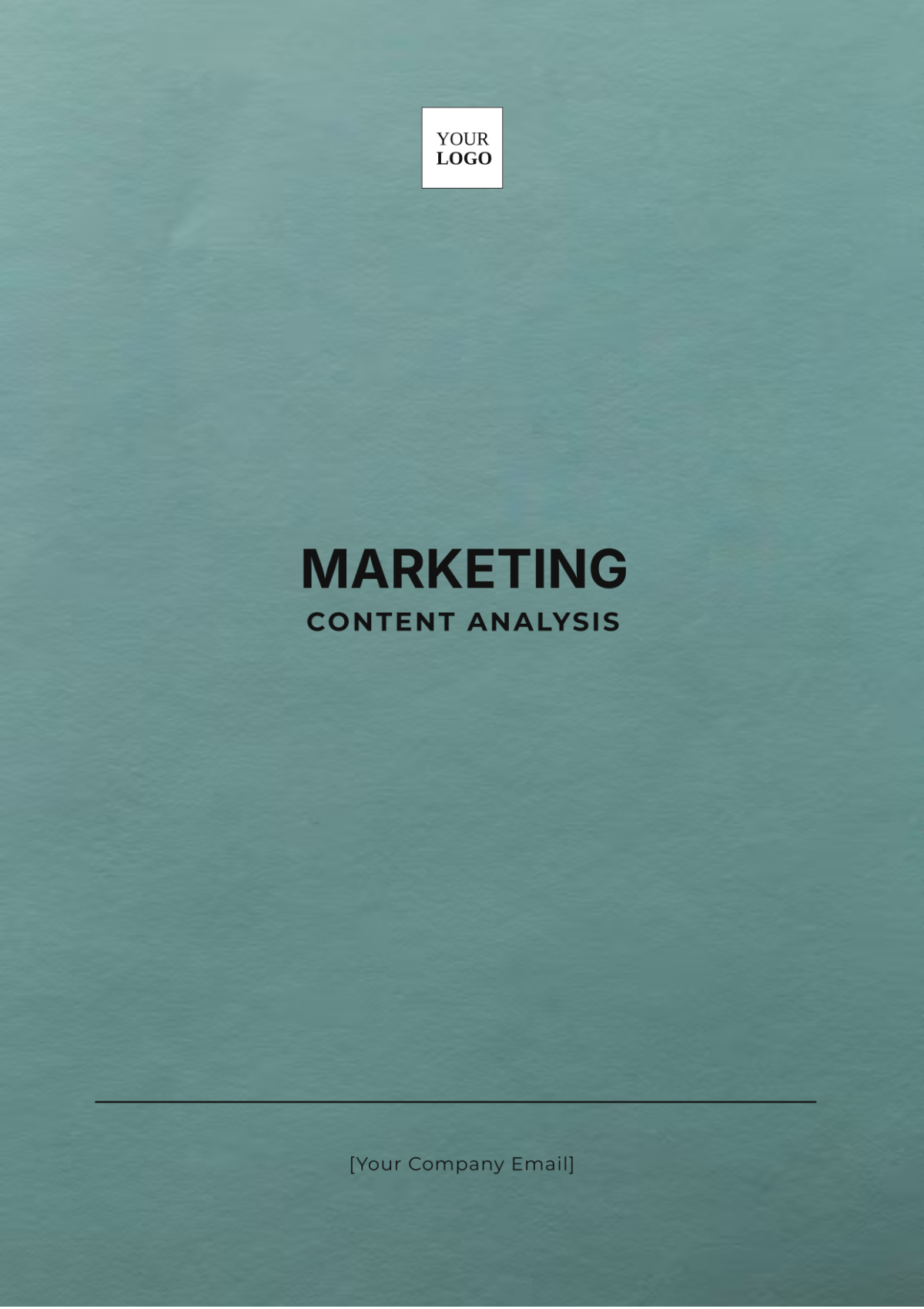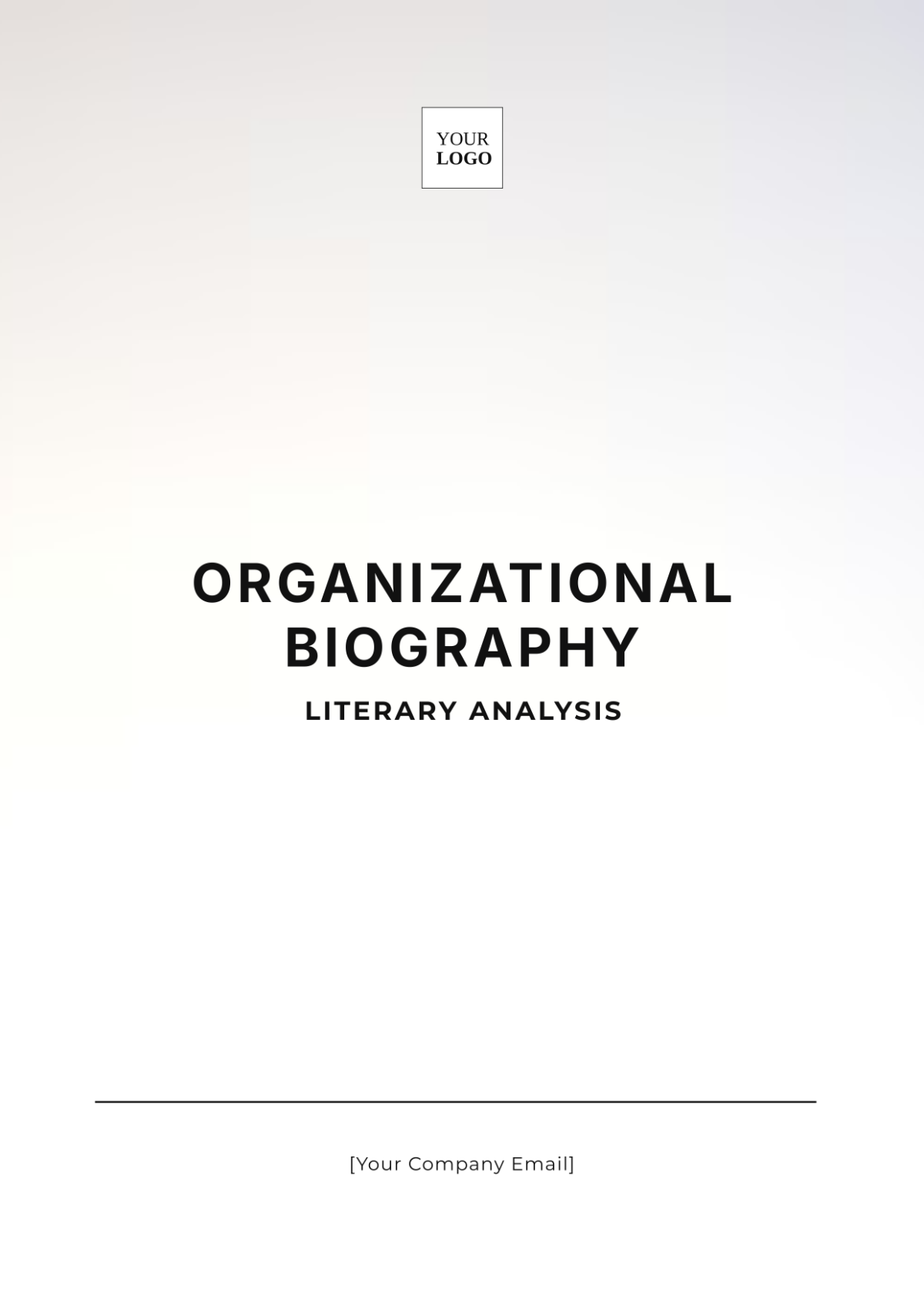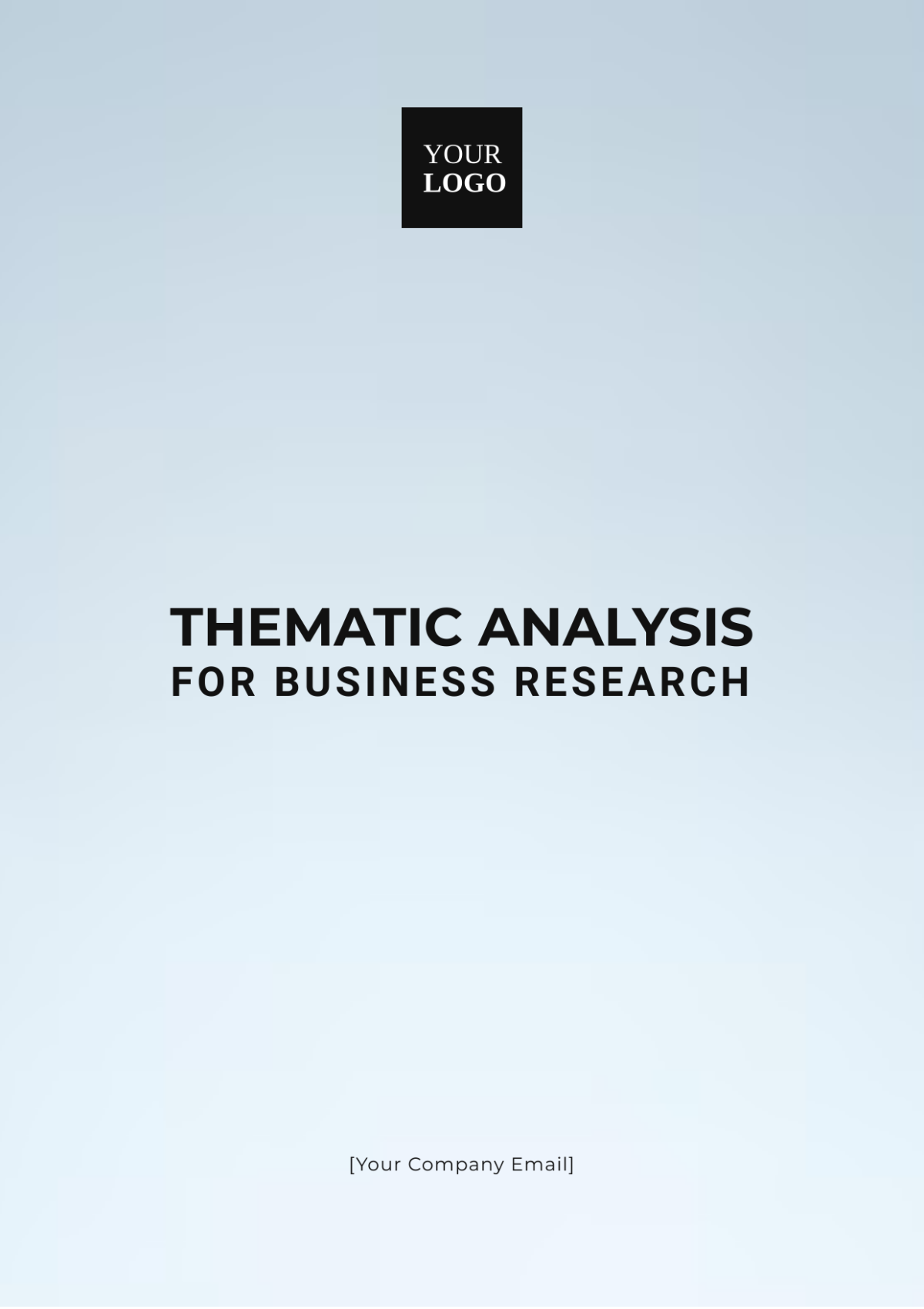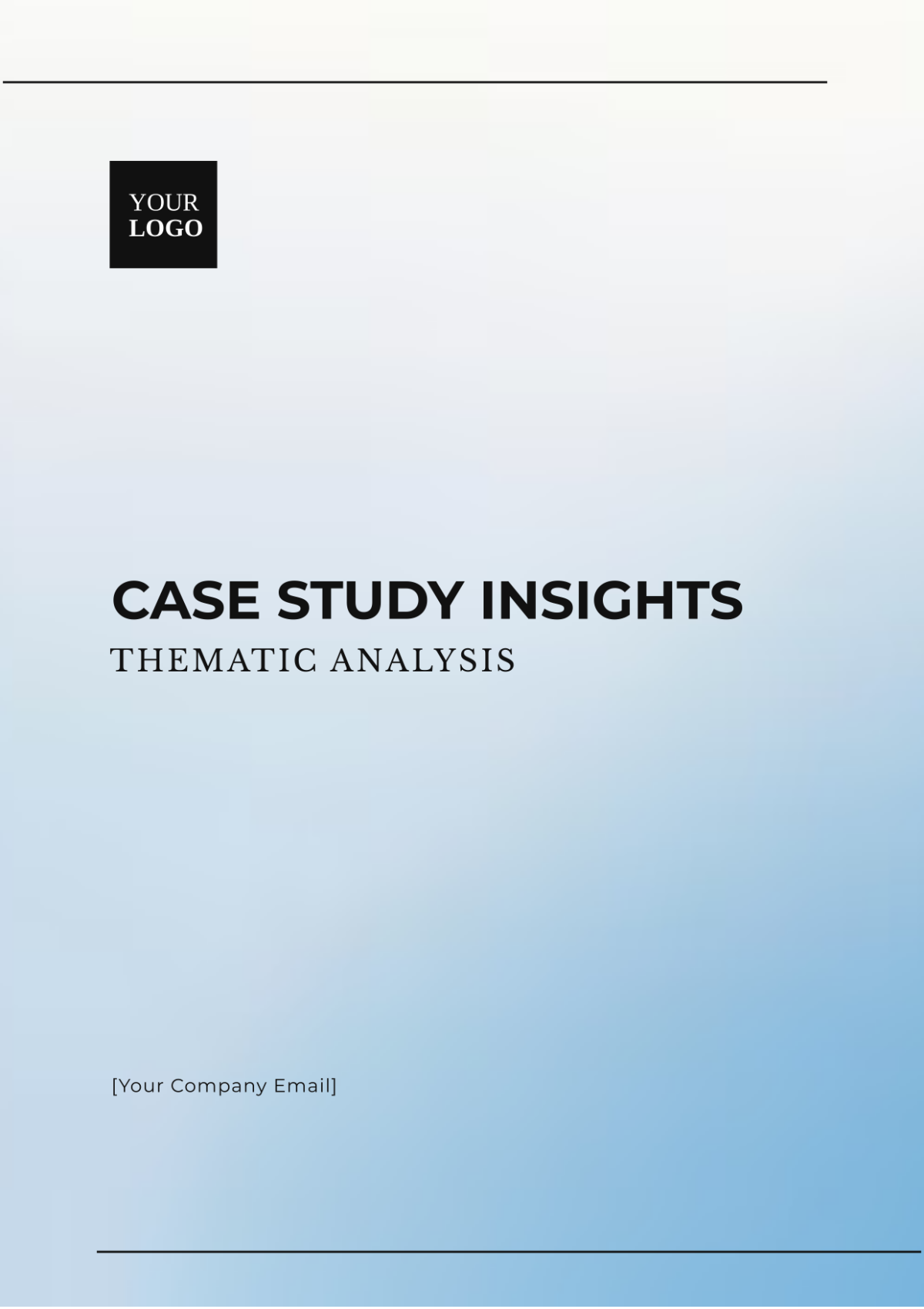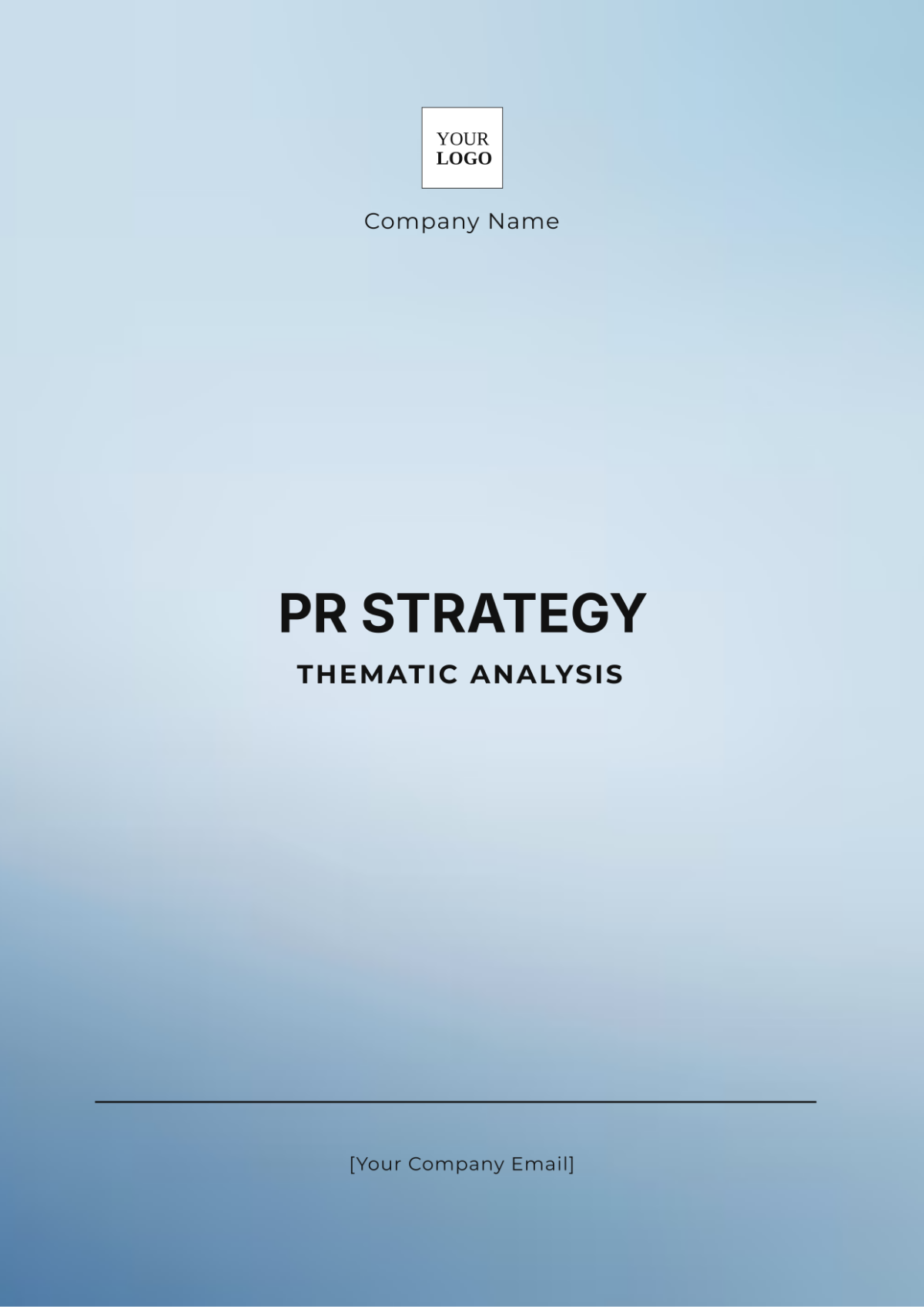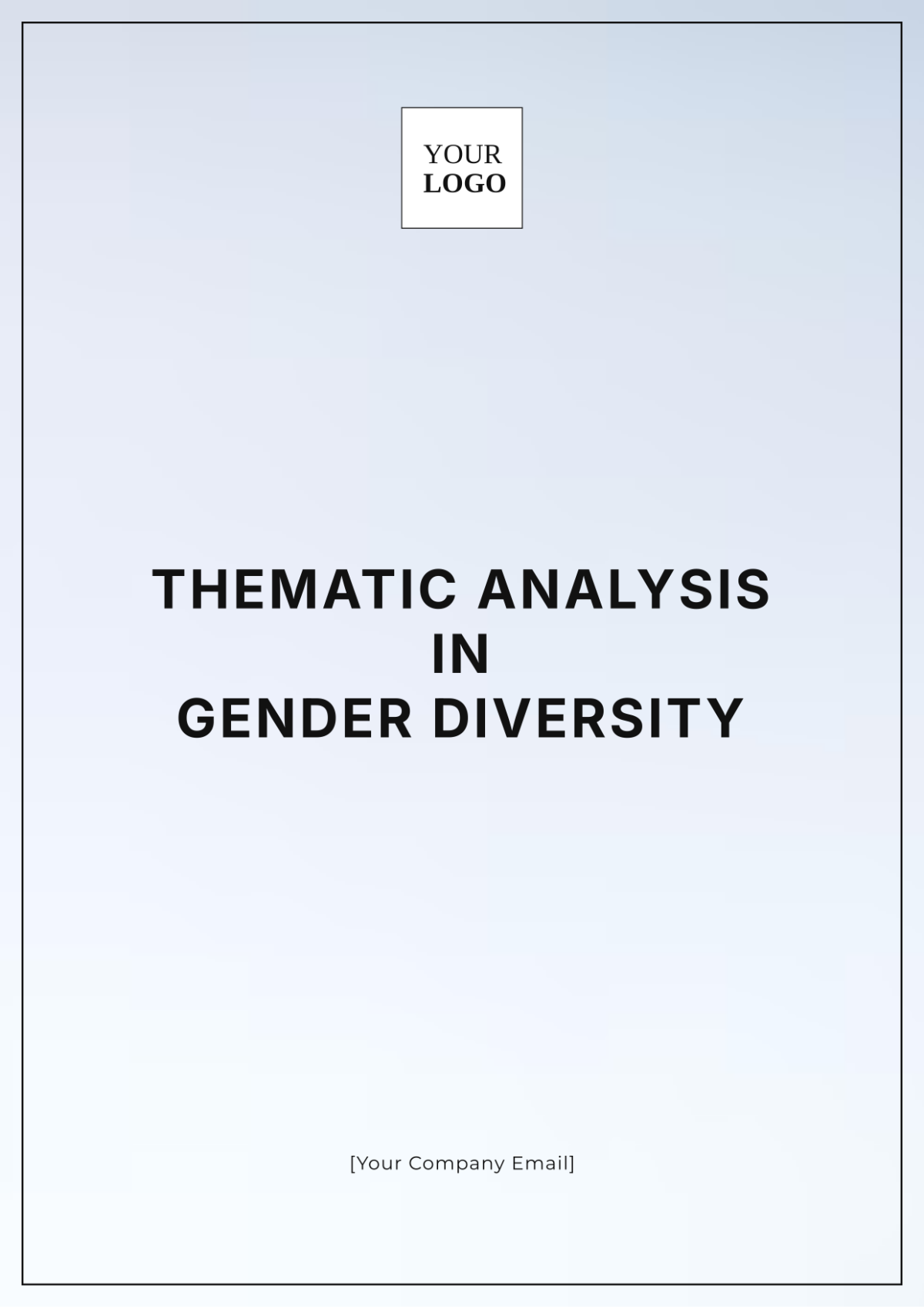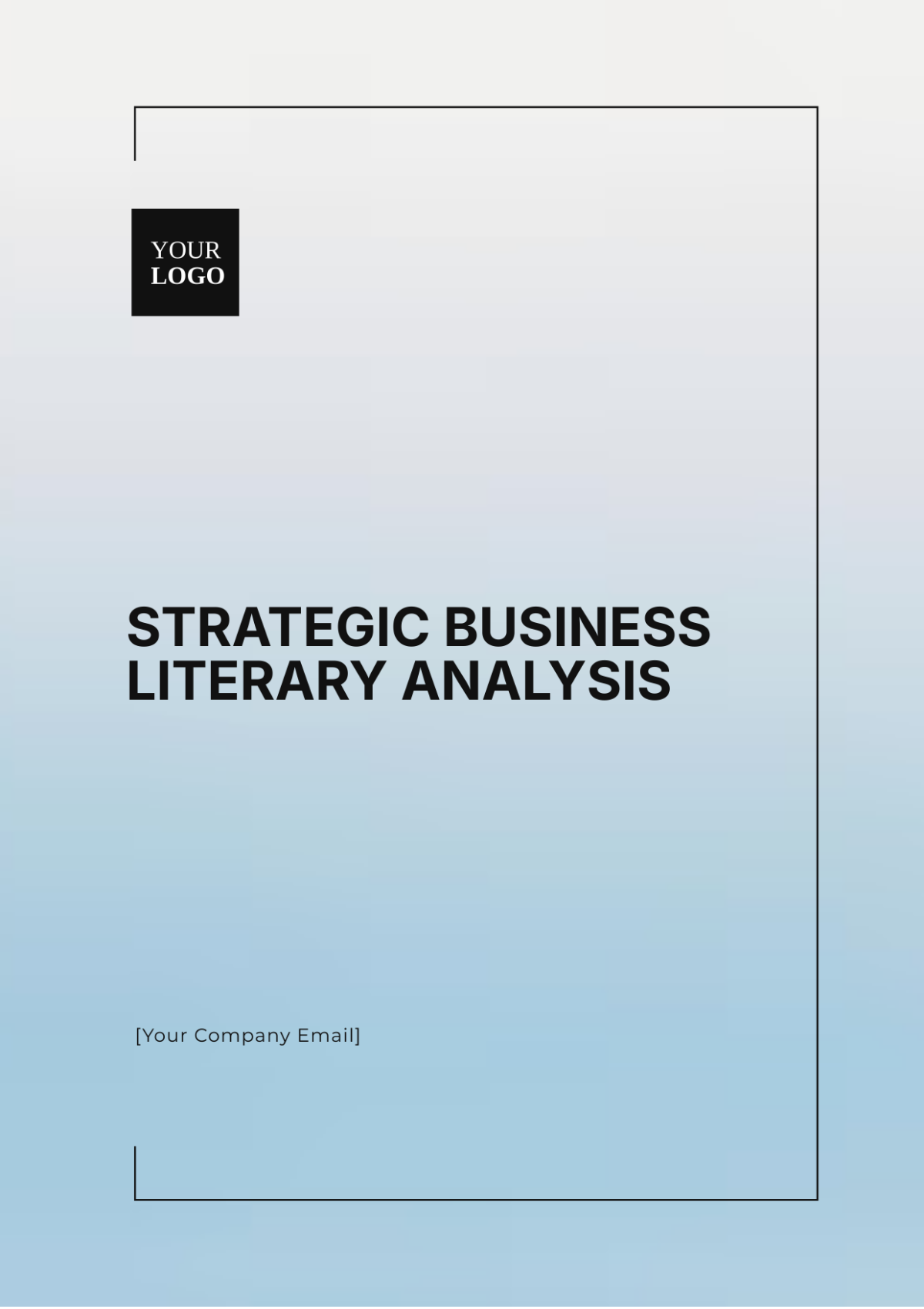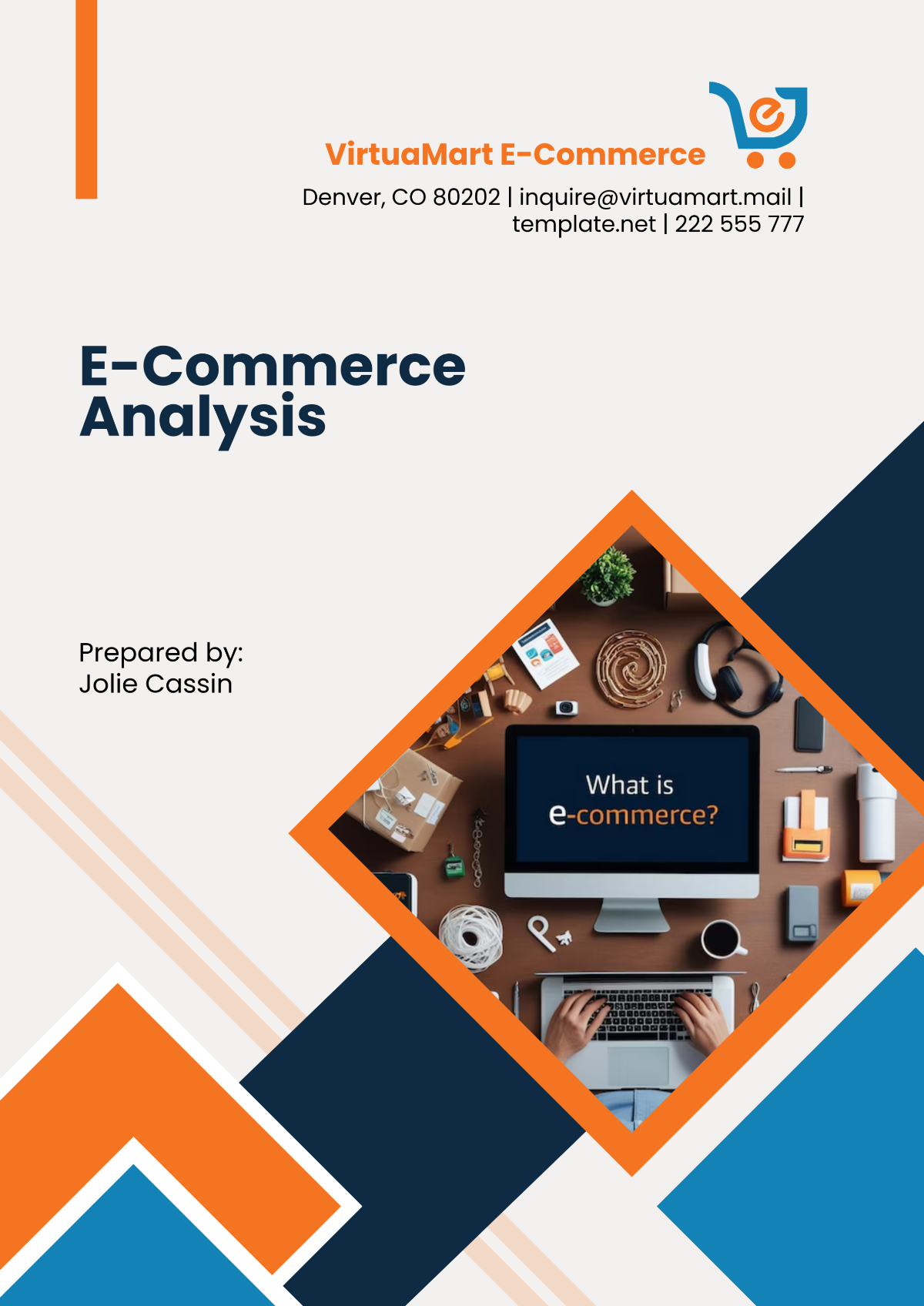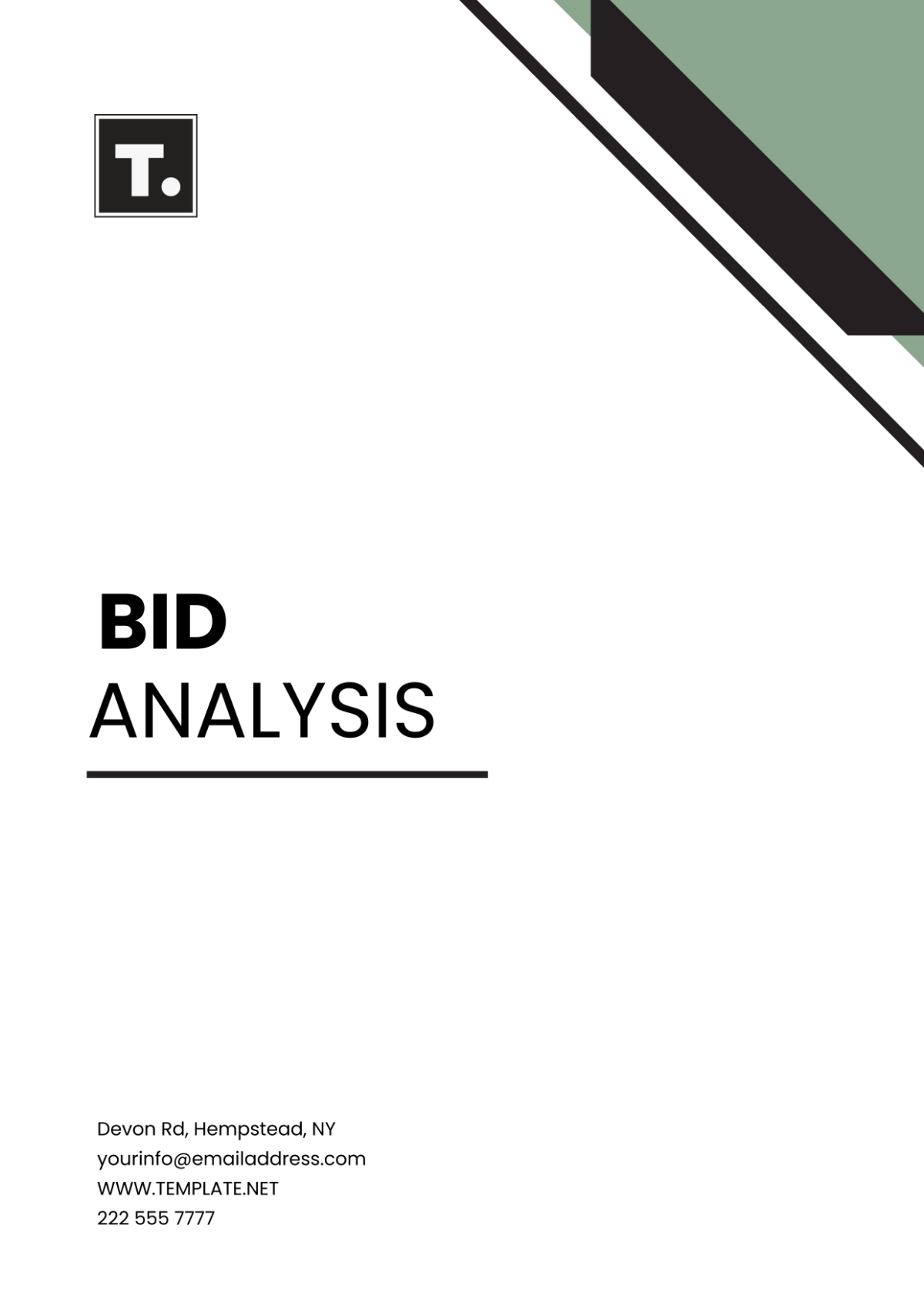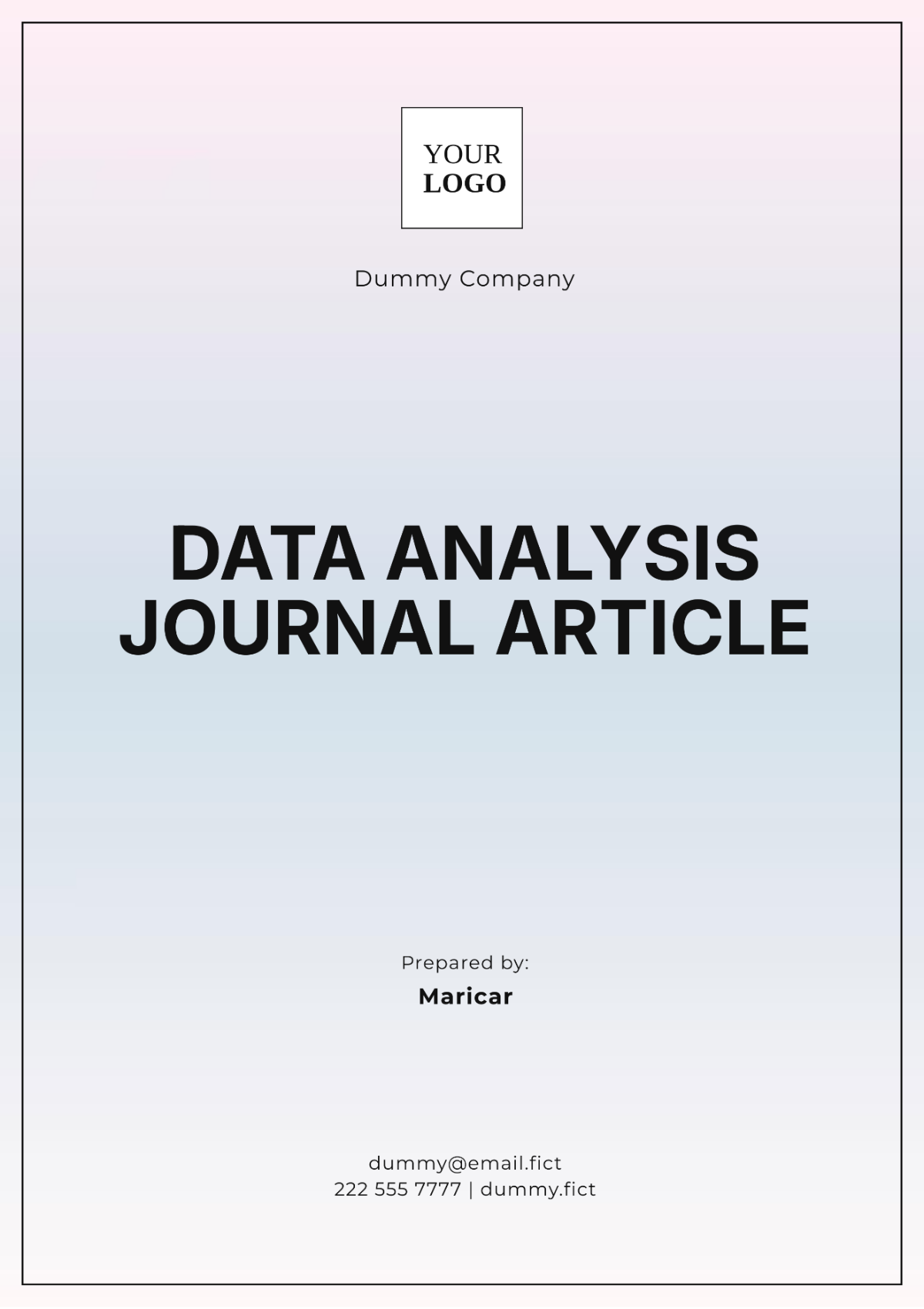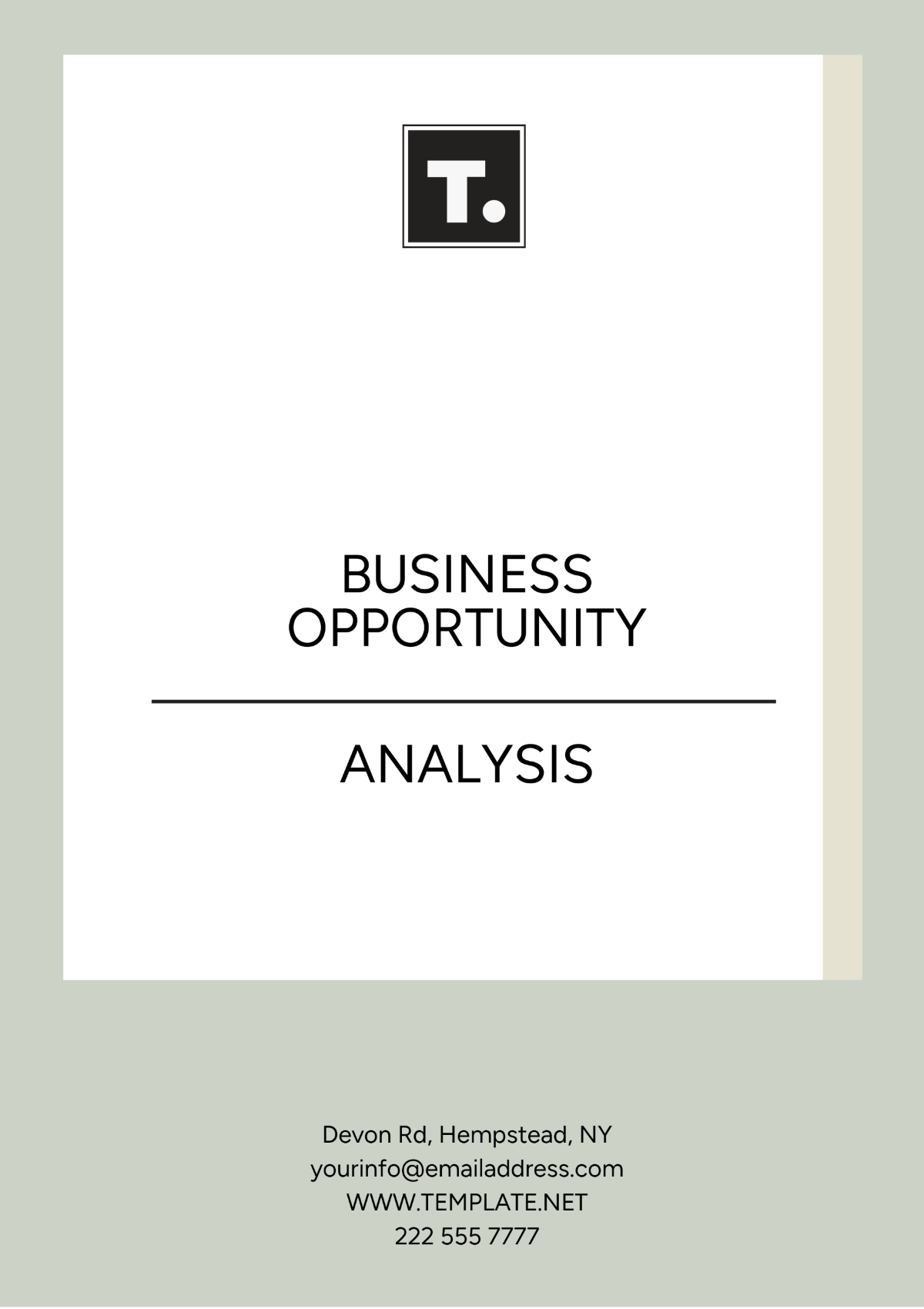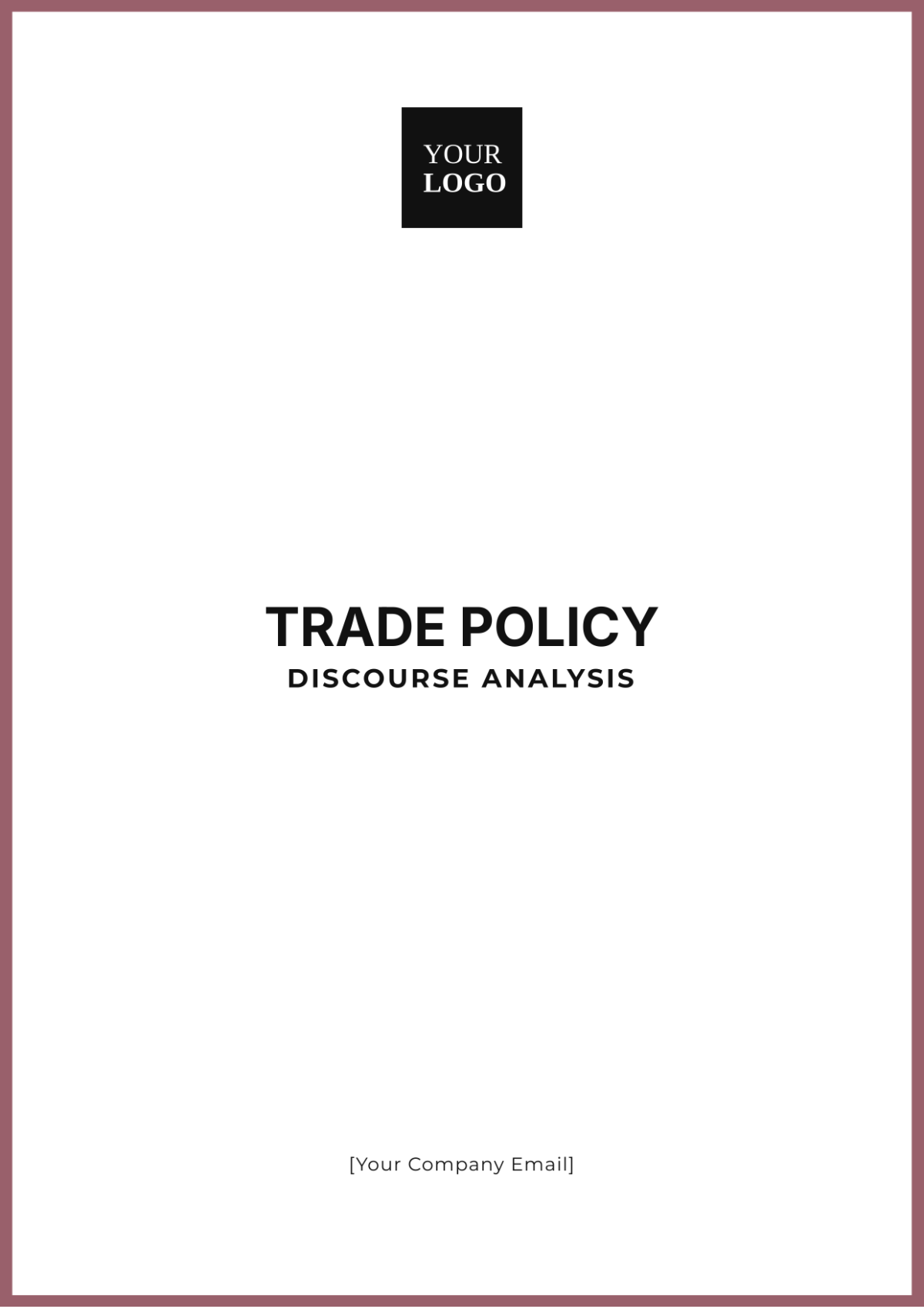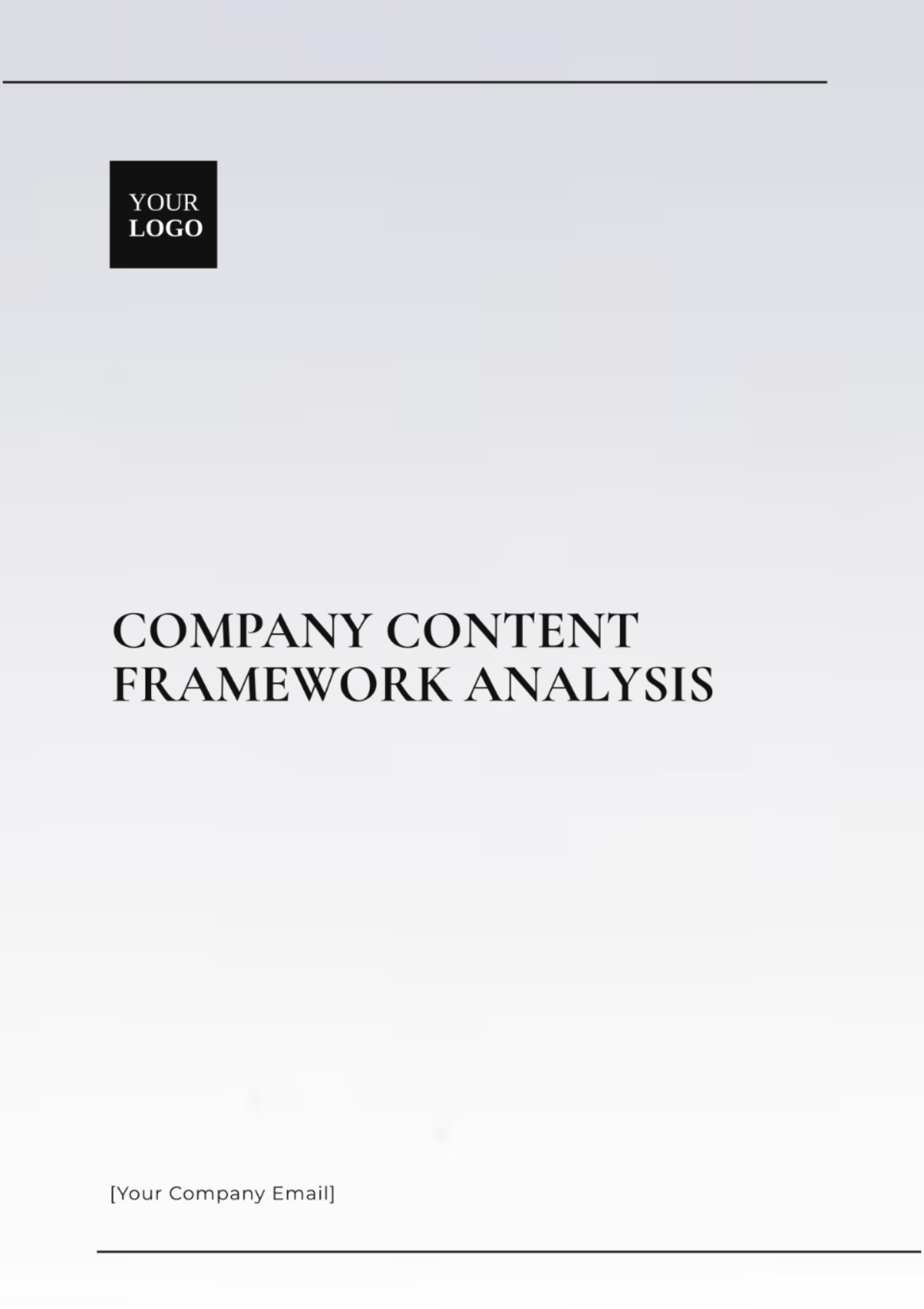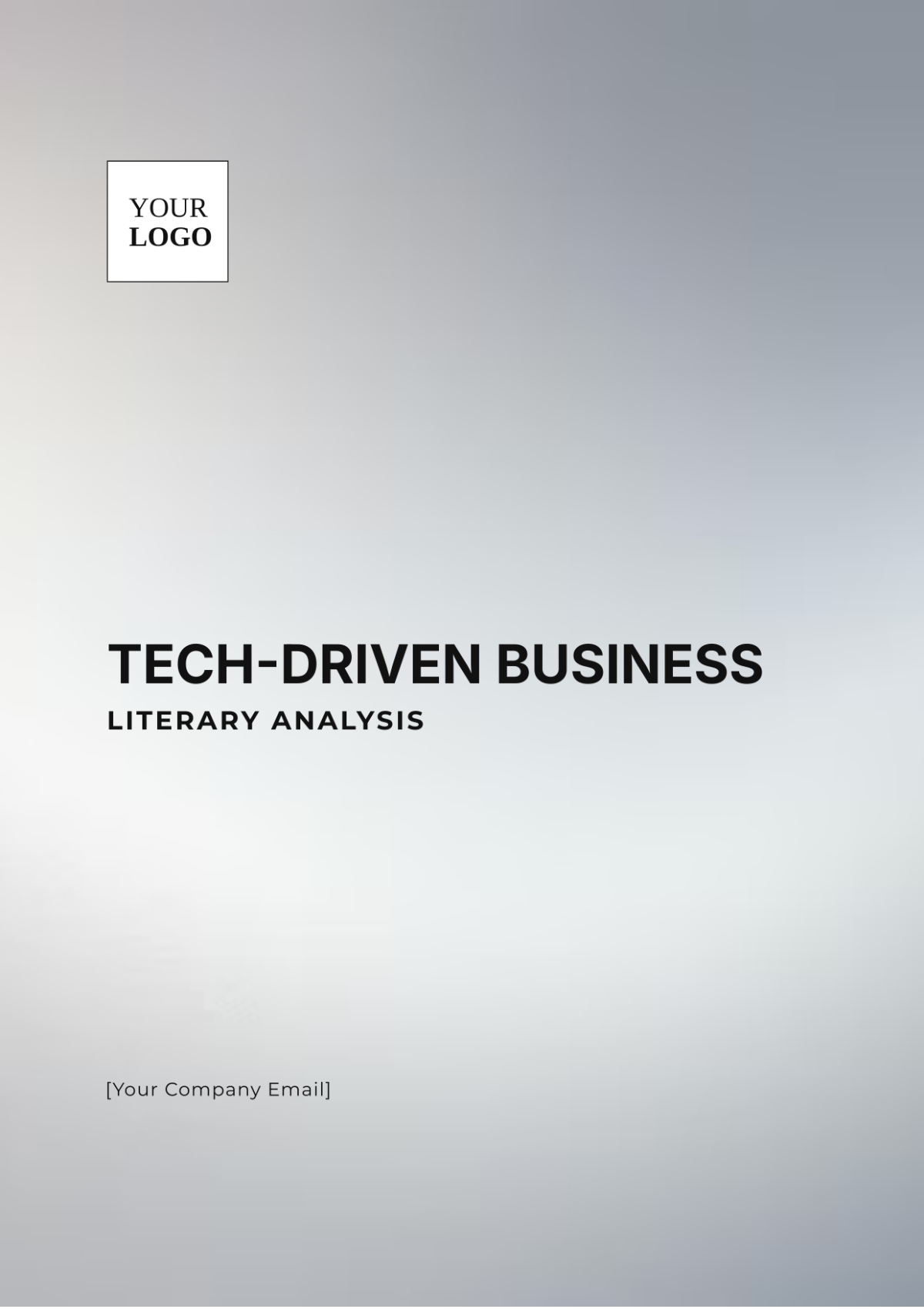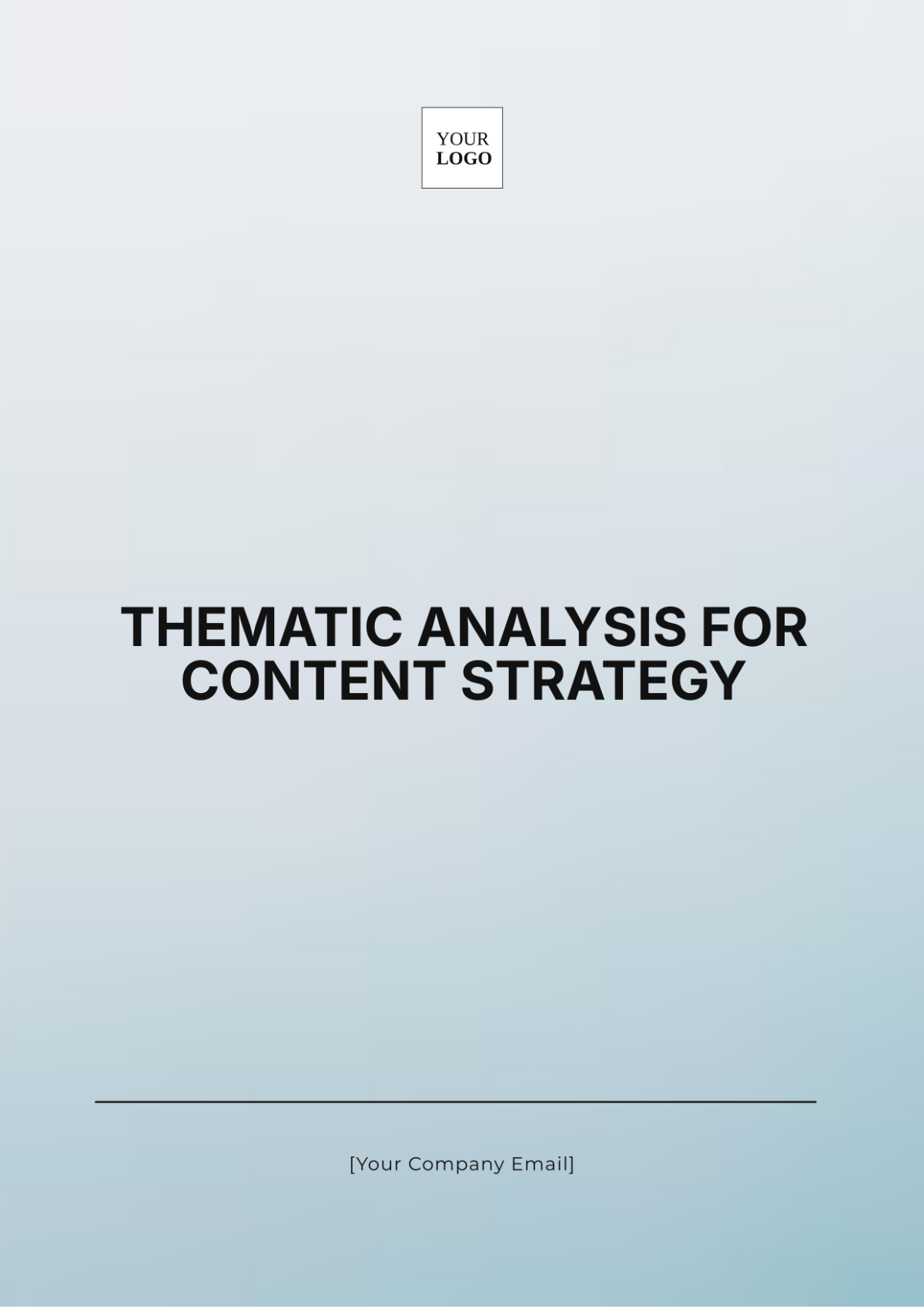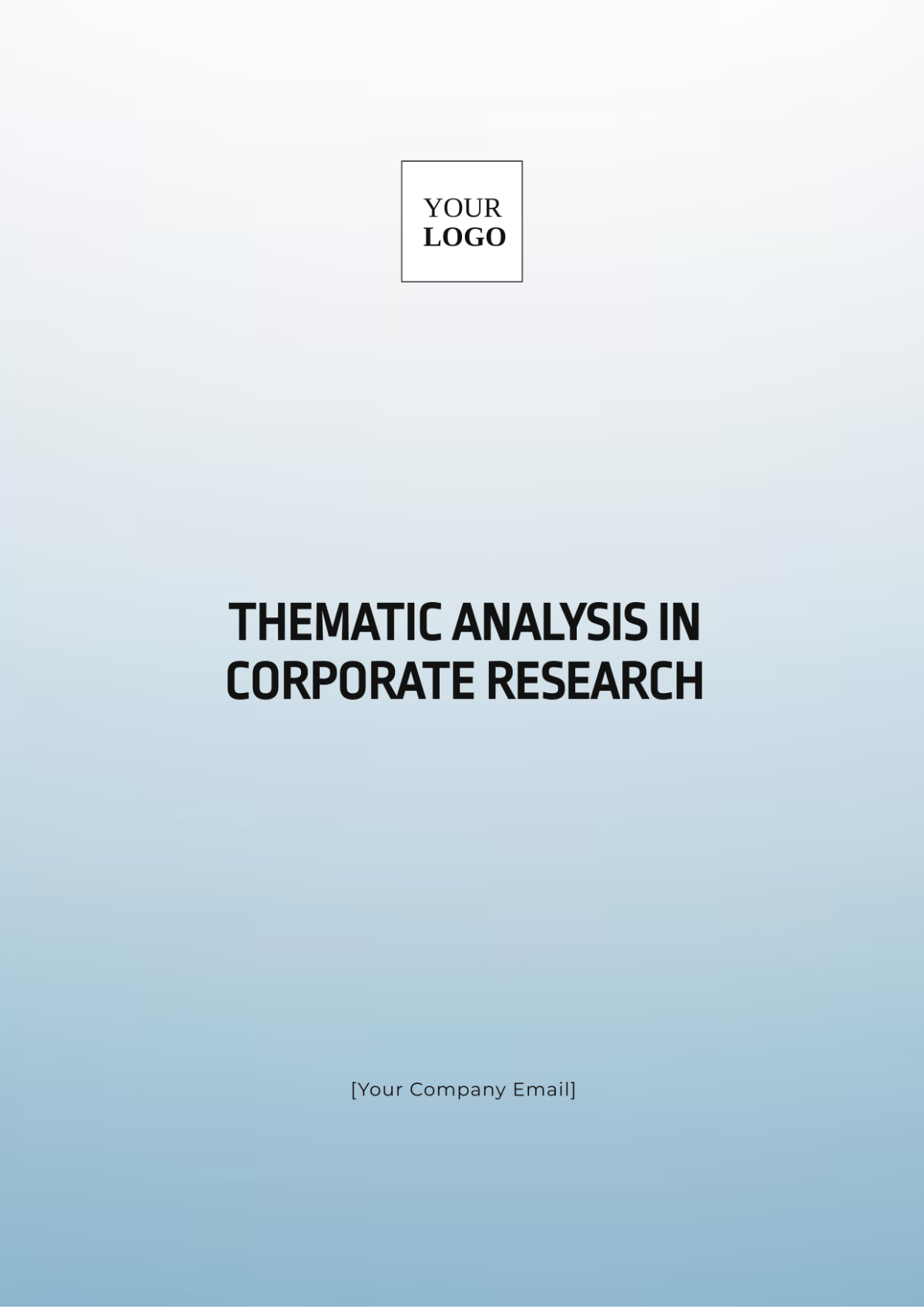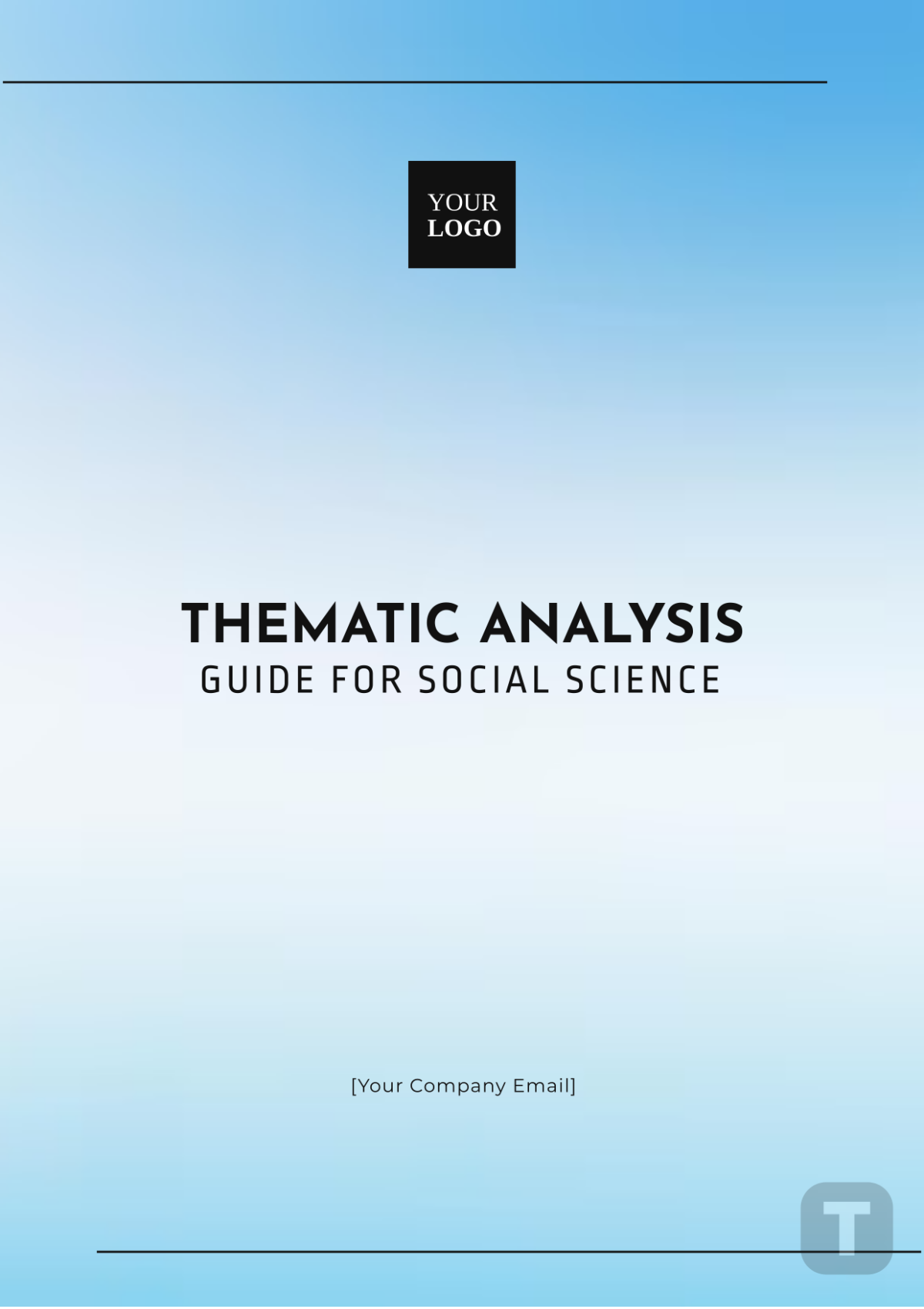Architecture Competitive Analysis
I. Introduction
A. Purpose of the Analysis
This Architecture Competitive Analysis aims to evaluate not only the technical aspects of competitors' architectures but also their strategic implications for our organization. By understanding the strengths and weaknesses of competing architectures, we can refine our own architectural strategy to better meet the needs of our customers and stay ahead in the market.
B. Scope and Objectives
The analysis will not only focus on the technical architecture of competitors' solutions but also consider broader strategic factors such as market positioning, customer experience, and future trends. The objective is to derive actionable insights that will inform our decision-making process and help us formulate effective strategies to maintain our competitive edge.
C. Overview of Competitors Being Analyzed
Competitor A, Competitor B, and Competitor C represent diverse players in the cloud storage market, each with their own unique strengths, weaknesses, and market positioning. Analyzing these competitors will provide a comprehensive understanding of the competitive landscape and enable us to identify areas where we can differentiate and excel.
II. Methodology
A. Data Collection Methods
Data was gathered through a combination of primary research, including interviews with industry experts and hands-on testing of competitors' services, and secondary research, utilizing publicly available information, company documentation, and industry reports. This multi-faceted approach ensures a comprehensive and accurate assessment of competitors' architectures.
B. Criteria for Evaluation
The evaluation criteria were carefully selected to encompass a wide range of architectural attributes, including scalability, performance, reliability, security, integration capabilities, and cost efficiency. By considering these factors holistically, we can gain a nuanced understanding of the strengths and weaknesses of each competitor's architecture.
C. Analysis Framework
The analysis follows a structured framework that allows for systematic comparison and evaluation of competitors' architectures across multiple dimensions. This framework ensures consistency and rigor in the analysis process, enabling meaningful insights to be derived from the data.
III. Competitor Profiles
A. Competitor A
Overview of Architecture: Competitor A employs a distributed cloud storage architecture that leverages a combination of on-premises infrastructure and public cloud services. This hybrid approach allows for flexibility and scalability while meeting the stringent security and compliance requirements of enterprise customers.
Key Features and Functionalities: Competitor A's architecture boasts advanced features such as dynamic data tiering, which automatically optimizes storage resources based on access patterns and data usage. Additionally, built-in data governance capabilities ensure regulatory compliance and data sovereignty across diverse geographical regions.
Design Principles: Competitor A prioritizes modularity and flexibility in its architectural design, enabling seamless integration with existing IT ecosystems and third-party applications. By adopting microservices architecture and containerization technologies, Competitor A ensures agility and scalability to meet evolving business needs.
Technology Stack: Competitor A utilizes a robust technology stack comprising industry-leading components such as Kubernetes for container orchestration, Amazon S3 for object storage, and HashiCorp Vault for secure secrets management. This best-of-breed approach ensures reliability, performance, and interoperability across the entire architecture.
Scalability and Performance: Competitor A's architecture is engineered for horizontal scalability, allowing for elastic provisioning of resources to accommodate fluctuating workloads. Performance benchmarks indicate consistently low latency and high throughput, even under peak demand scenarios, ensuring a seamless user experience.
Reliability and Fault Tolerance: Competitor A implements redundancy at every layer of its architecture, including data replication across multiple availability zones and automated failover mechanisms for high availability. As a result, Competitor A delivers industry-leading uptime and reliability, backed by stringent SLAs.
Security Measures: Security is paramount in Competitor A's architecture, with end-to-end encryption, role-based access control, and continuous monitoring and auditing of system activity. Compliance certifications such as ISO 27001 and SOC 2 attest to Competitor A's commitment to data security and privacy.
Integration and Interoperability: Competitor A provides comprehensive APIs and SDKs for seamless integration with third-party applications and services, as well as robust support for industry-standard protocols such as OAuth 2.0 and SAML. This ensures interoperability and extensibility, enabling customers to leverage existing investments in IT infrastructure.
Cost and Efficiency: Competitor A offers a transparent and flexible pricing model, with pay-as-you-go options and volume discounts available. By optimizing resource utilization and minimizing overhead, Competitor A delivers cost-effective storage solutions without compromising on performance or reliability.
B. Competitor B
Overview of Architecture: Competitor B's architecture is characterized by its cloud-native design, leveraging serverless computing and event-driven architecture for maximum scalability and agility. With a focus on simplicity and ease of use, Competitor B offers a streamlined storage solution suitable for small to medium-sized businesses seeking cost-effective cloud storage.
Key Features and Functionalities: Competitor B distinguishes itself through innovative features such as real-time data synchronization, file versioning, and AI-powered content analysis. These features empower users to extract actionable insights from their data and optimize storage utilization, enhancing productivity and decision-making capabilities.
Design Principles: Competitor B's architecture embodies principles of simplicity, agility, and scalability, enabling rapid deployment and seamless scaling to meet growing demands. By leveraging cloud-native technologies such as AWS Lambda and Amazon S3, Competitor B delivers a modern storage solution optimized for the needs of today's businesses.
Technology Stack: Competitor B's technology stack includes cutting-edge components such as AWS Lambda for serverless computing, Amazon S3 for object storage, and Apache Kafka for real-time data streaming. This stack enables Competitor B to deliver high-performance storage solutions with minimal infrastructure overhead.
Scalability and Performance: Competitor B's architecture is designed for auto-scaling, allowing resources to dynamically adjust based on workload demands. Performance benchmarks demonstrate low latency and high throughput, ensuring responsive and reliable storage services even during peak usage periods.
Reliability and Fault Tolerance: Competitor B implements redundancy and fault tolerance through distributed data replication and automated failover mechanisms. With built-in data durability features and robust SLAs, Competitor B ensures uninterrupted access to data and minimal risk of data loss or downtime.
Security Measures: Security is a top priority in Competitor B's architecture, with data encryption at rest and in transit, granular access controls, and comprehensive monitoring and auditing capabilities. Compliance with industry standards such as GDPR and HIPAA further reinforces Competitor B's commitment to data security and privacy.
Integration and Interoperability: Competitor B offers a range of APIs and SDKs for seamless integration with third-party applications and services, as well as support for popular protocols such as REST and GraphQL. This enables customers to leverage existing tools and workflows, facilitating smooth adoption and interoperability.
Cost and Efficiency: Competitor B adopts a transparent and flexible pricing model, with pay-per-use billing and tiered pricing options based on storage capacity and features. By optimizing resource utilization and minimizing overhead, Competitor B delivers cost-effective storage solutions tailored to the needs of small to medium-sized businesses.
C. Competitor C
Overview of Architecture: Competitor C specializes in providing highly secure and compliant cloud storage solutions tailored to the needs of regulated industries such as healthcare, finance, and government. With a focus on data sovereignty and privacy, Competitor C offers a robust architecture designed to meet the most stringent security and compliance requirements.
Key Features and Functionalities: Competitor C differentiates itself through advanced security features such as end-to-end encryption, immutable data storage, and fine-grained access controls. Additionally, Competitor C offers specialized compliance features such as audit trails, data retention policies, and compliance reporting tools to help organizations meet regulatory obligations.
Design Principles: Competitor C's architecture is built upon principles of security, reliability, and compliance, with an emphasis on protecting sensitive data and maintaining data integrity. By leveraging industry best practices and security standards, Competitor C provides a trusted platform for storing and managing critical data assets.
Technology Stack: Competitor C's technology stack includes industry-leading components such as blockchain for data immutability, zero-trust security frameworks, and advanced encryption algorithms. This stack enables Competitor C to deliver unmatched levels of security and compliance without sacrificing performance or scalability.
Scalability and Performance: Competitor C's architecture is designed to scale horizontally, allowing organizations to seamlessly expand their storage infrastructure to accommodate growing data volumes. Performance benchmarks demonstrate low latency and high throughput, ensuring responsive and reliable storage services even under heavy workloads.
Reliability and Fault Tolerance: Competitor C implements redundancy and fault tolerance through geographically distributed data centers, automated backup and recovery processes, and continuous monitoring and alerting systems. With industry-leading uptime SLAs and data durability guarantees, Competitor C delivers unmatched reliability and resilience.
Security Measures: Security is ingrained into every layer of Competitor C's architecture, with end-to-end encryption, multi-factor authentication, and data loss prevention mechanisms. Compliance certifications such as PCI DSS and FedRAMP attest to Competitor C's commitment to protecting sensitive data and ensuring regulatory compliance.
Integration and Interoperability: Competitor C provides robust APIs and SDKs for seamless integration with third-party applications and services, as well as support for industry-standard protocols such as OAuth 2.0 and OpenID Connect. This enables organizations to leverage Competitor C's secure storage platform within their existing IT environments, enhancing interoperability and efficiency.
Cost and Efficiency: Competitor C offers competitive pricing plans tailored to the needs of regulated industries, with transparent pricing and flexible billing options. By optimizing resource utilization and minimizing overhead, Competitor C delivers cost-effective storage solutions without compromising on security or compliance.
IV. Comparative Analysis
A. Strengths and Weaknesses
Competitor A's strengths lie in its robust security measures, reliability, and enterprise-grade features, making it a preferred choice for large organizations with stringent security requirements. However, it may lack some of the innovative features and competitive pricing offered by Competitor B. Competitor B's strengths include its cloud-native architecture, innovative features, and competitive pricing, making it attractive to small and medium-sized businesses. However, scalability and reliability may be areas for improvement. Competitor C excels in providing highly secure and compliant storage solutions tailored to regulated industries, with advanced security features and specialized compliance tools. However, it may face challenges in scaling to meet the needs of larger enterprises and may not offer the same level of innovation as Competitor B.
B. Key Differentiators
Competitor A differentiates itself through its focus on enterprise-grade security, reliability, and scalability, appealing to large organizations with complex requirements. Competitor B stands out for its cloud-native architecture, innovative features, and competitive pricing, making it a compelling choice for small to medium-sized businesses looking for cost-effective storage solutions. Competitor C distinguishes itself through its specialization in security and compliance, catering to regulated industries with strict data protection requirements.
C. Trends and Patterns Across Competitors
All competitors prioritize security but approach scalability, innovation, and pricing differently. While Competitor A focuses on catering to the needs of large enterprises, Competitor B targets the SMB market with its cloud-native approach and competitive pricing. Competitor C occupies a niche market segment by specializing in security and compliance, offering tailored solutions for regulated industries.
D. Opportunities for Improvement
Competitor A could explore incorporating more innovative features and enhancing its pricing model to remain competitive in the market. Competitor B needs to address scalability concerns and further strengthen its reliability to attract larger enterprise customers. Competitor C could expand its offerings beyond security and compliance to appeal to a broader market while maintaining its focus on regulated industries.
E. Implications for Our Architecture Strategy
The analysis highlights the importance of balancing security, innovation, scalability, and cost-effectiveness in our architecture strategy. By understanding the strengths and weaknesses of competitors' architectures, we can identify opportunities to differentiate and innovate, while also addressing gaps in the market to better meet the needs of our customers.
V. Market Implications
A. Market Trends and Dynamics
The cloud storage market is experiencing rapid growth driven by increasing data volumes, digital transformation initiatives, and remote work trends. Security and compliance are becoming increasingly important considerations for organizations, particularly in regulated industries.
B. Competitive Positioning
Competitor A holds a strong position in the enterprise segment, leveraging its reputation for security and reliability. Competitor B is gaining traction among SMBs with its innovative features and competitive pricing. Competitor C occupies a niche market but faces competition from larger players in the security and compliance space.
C. Impact on Customer Experience
Customers benefit from a wide range of options catering to different needs and preferences. Competition drives innovation, leading to better service quality and pricing for end-users. However, customers may face challenges in selecting the right solution that aligns with their specific requirements and budget constraints.
D. Market Share Analysis
Competitor A holds the largest market share, particularly in the enterprise segment where security and reliability are paramount. Competitor B is rapidly gaining market share among SMBs due to its innovative features and competitive pricing. Competitor C maintains a smaller market share but enjoys strong customer loyalty in regulated industries.
VI. Future Outlook
A. Emerging Technologies and Trends
Continued adoption of cloud-native architectures, edge computing, and AI-driven analytics will shape the future of the cloud storage market. Security and compliance will remain top priorities, driving demand for solutions that offer robust data protection and regulatory compliance features.
B. Potential Disruptive Forces
Entrance of new players with innovative technologies or business models could disrupt the competitive landscape. Regulatory changes impacting data privacy and security requirements may also influence market dynamics, leading to shifts in customer preferences and purchasing behavior.
C. Long-term Strategic Considerations
Agility, adaptability, and innovation will be key factors for success in the rapidly evolving cloud storage market. Investment in research and development to stay ahead of competitors, as well as strategic partnerships and acquisitions to expand market reach and capabilities, will be essential for maintaining a competitive edge.
D. Recommendations for Future Action
Based on the analysis, we recommend focusing on enhancing our architecture's scalability, reliability, and security features to better meet the evolving needs of our customers. Additionally, we should explore opportunities for innovation and differentiation to stay ahead of competitors and capitalize on emerging market trends.
VII. Conclusion
A. Summary of Findings
The Architecture Competitive Analysis provides valuable insights into the strengths and weaknesses of competitors' architectures, as well as their strategic implications for our organization. By understanding the competitive landscape, market trends, and customer preferences, we can make informed decisions and formulate effective strategies to maintain our competitive edge.
B. Key Takeaways
Key takeaways include the importance of balancing security, innovation, scalability, and cost-effectiveness in our architecture strategy, as well as the need to continuously monitor the competitive landscape and adapt our strategies accordingly. By leveraging our strengths and addressing areas for improvement, we can position ourselves for success in the dynamic cloud storage market.
C. Next Steps
Next steps include implementing recommendations derived from the analysis to strengthen our architecture strategy, investing in research and development to drive innovation, and closely monitoring market trends and competitor activities to stay ahead of the curve. By taking proactive measures and staying agile, we can maintain our leadership position and drive continued growth and success in the cloud storage market.



